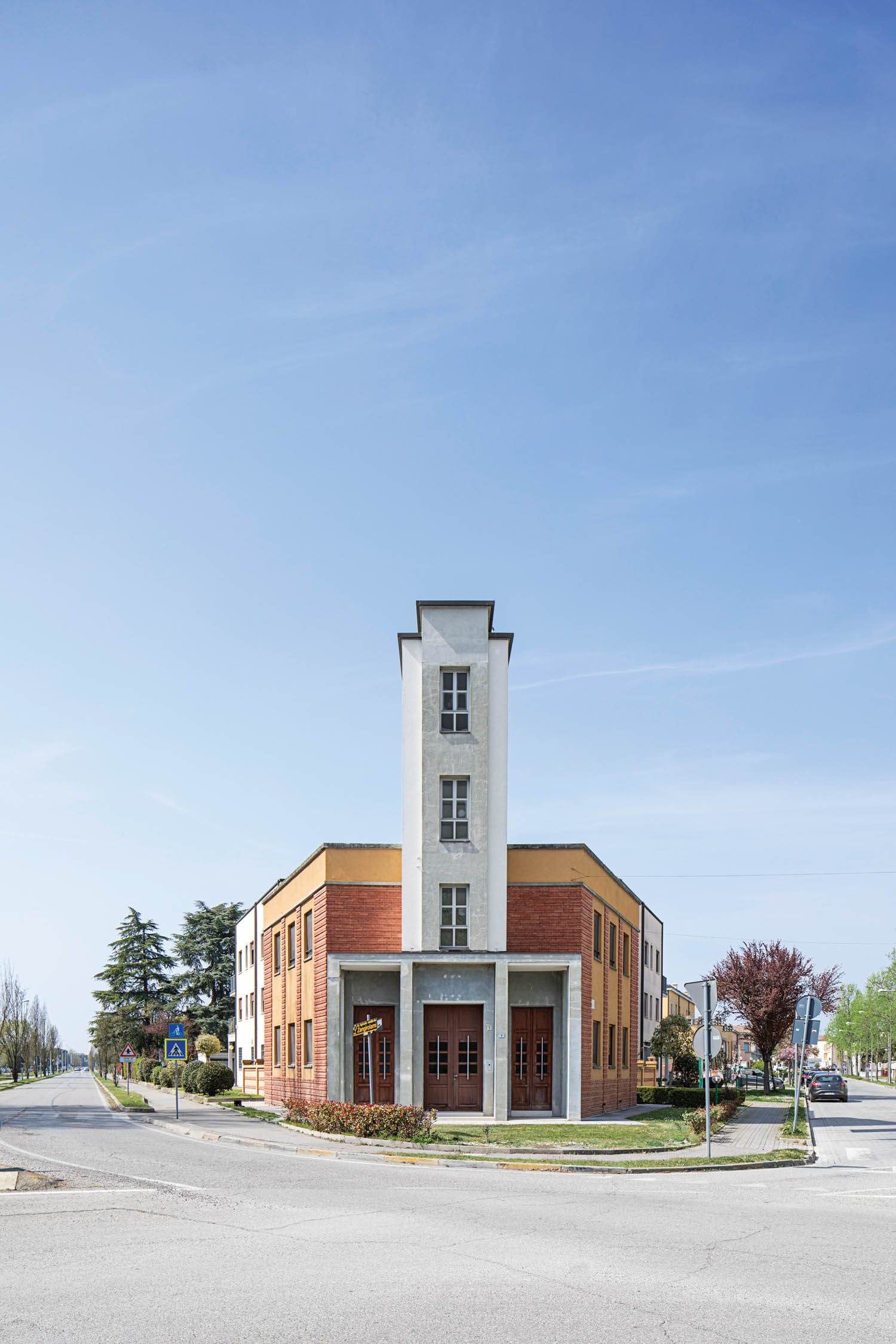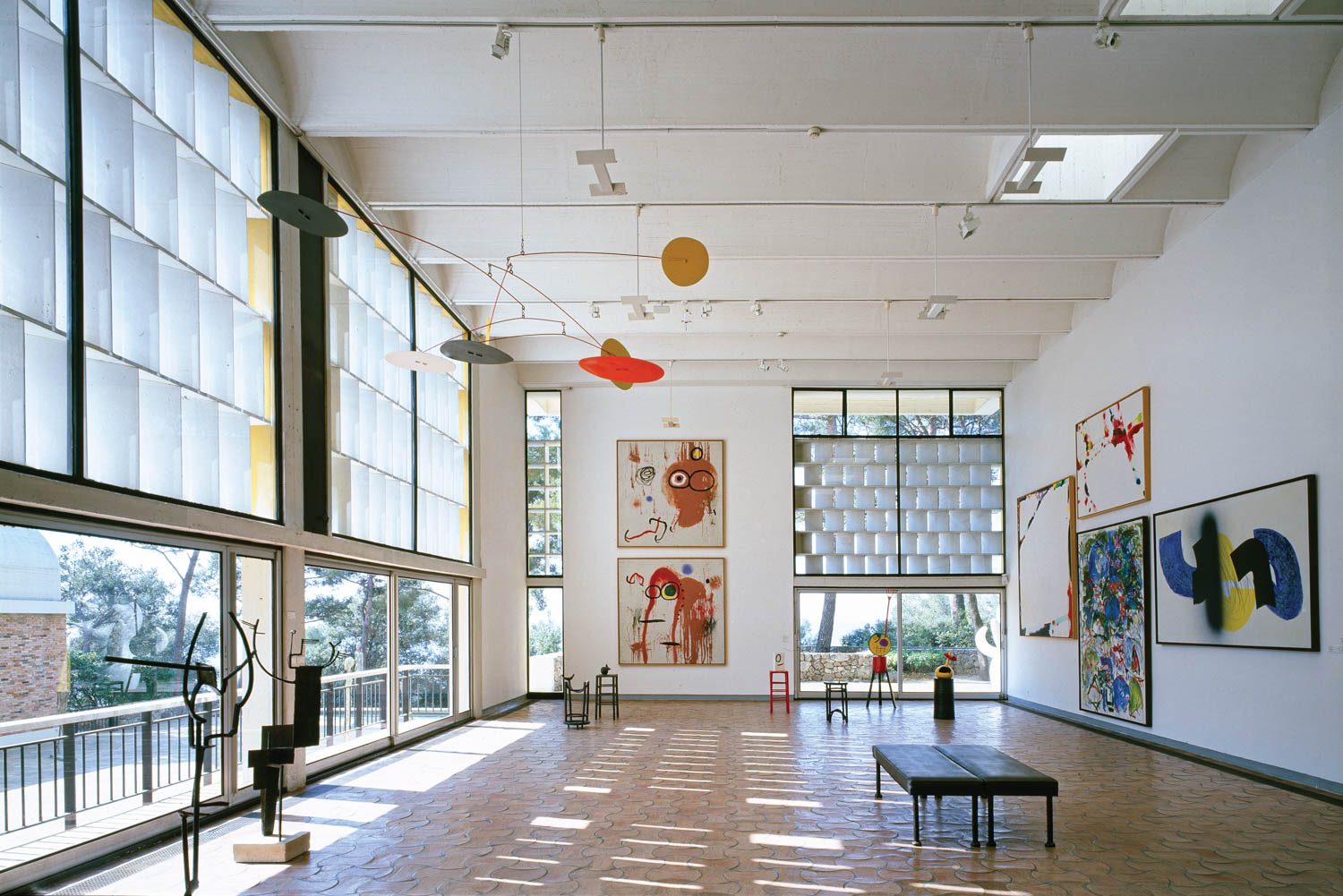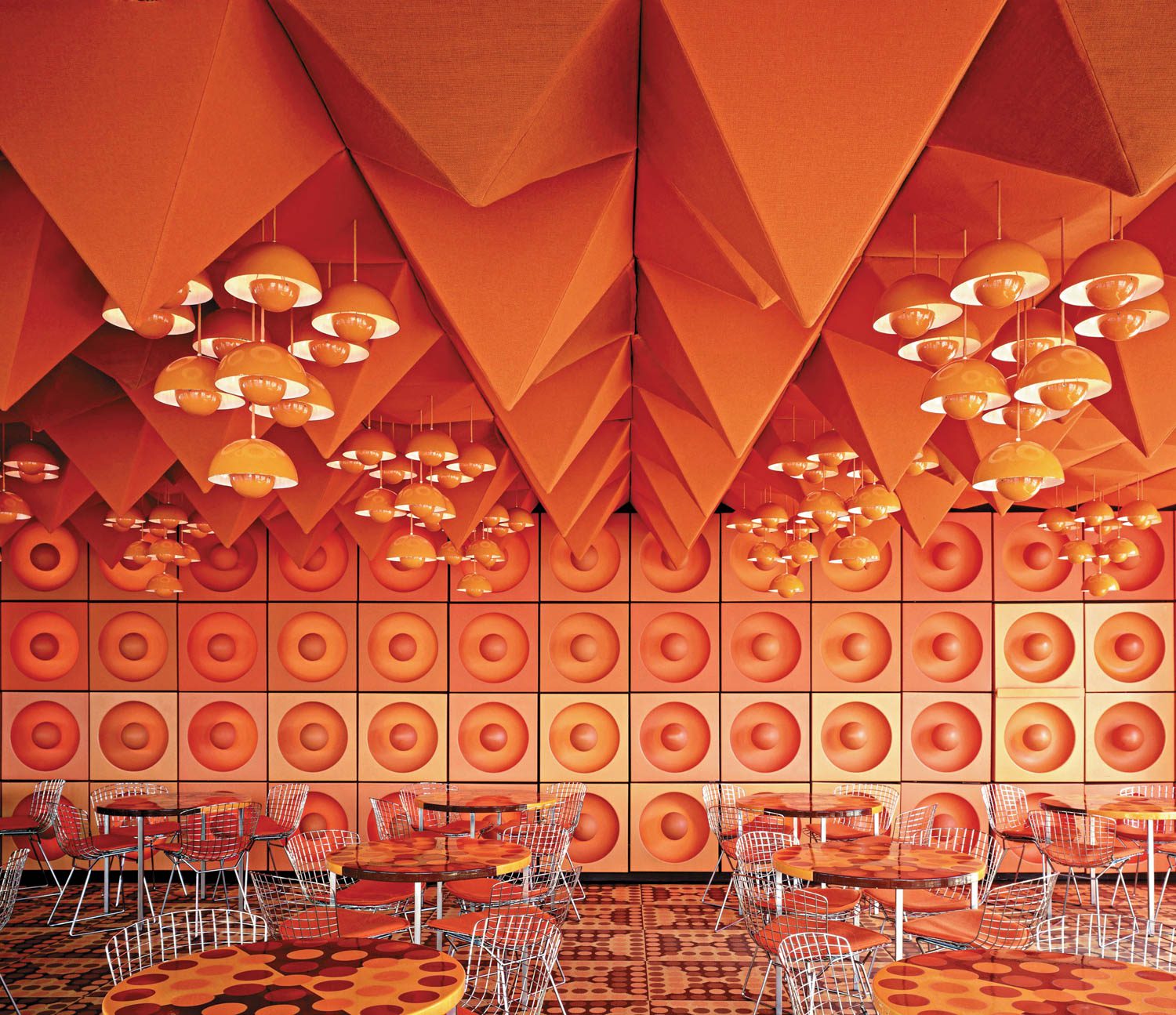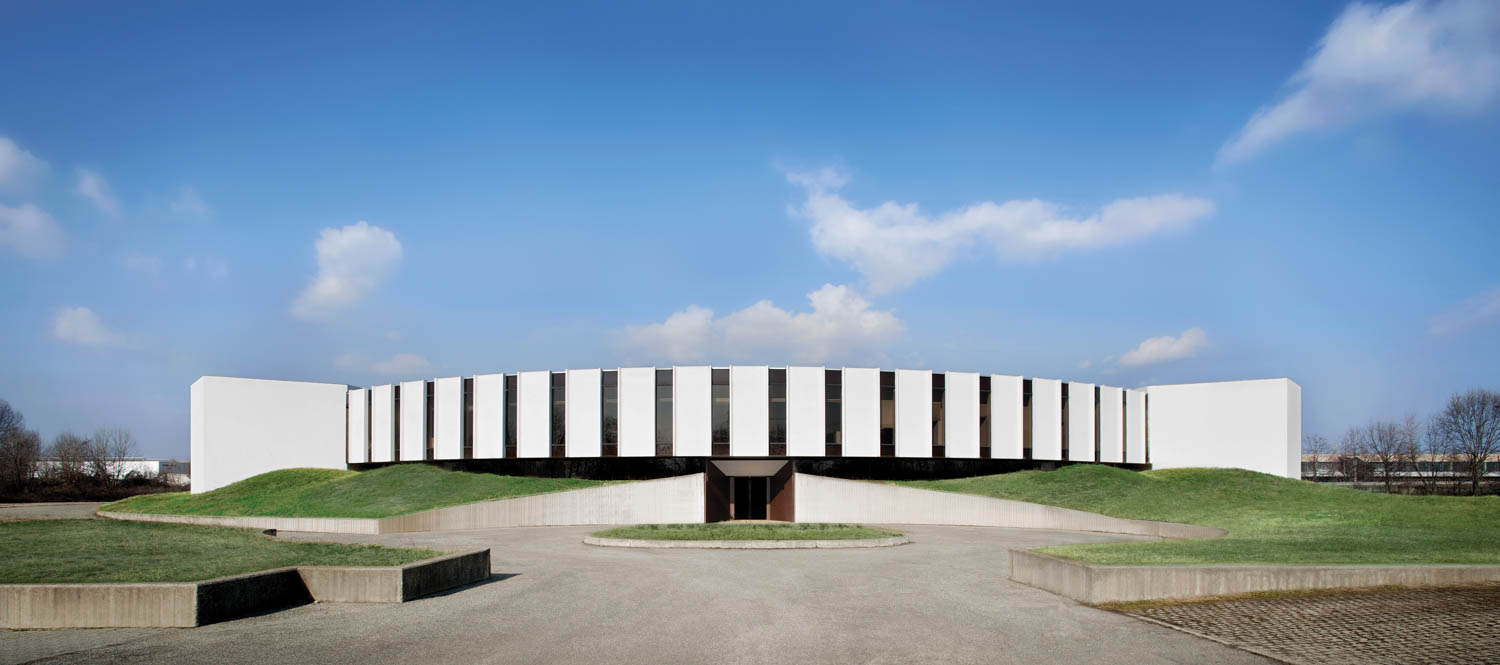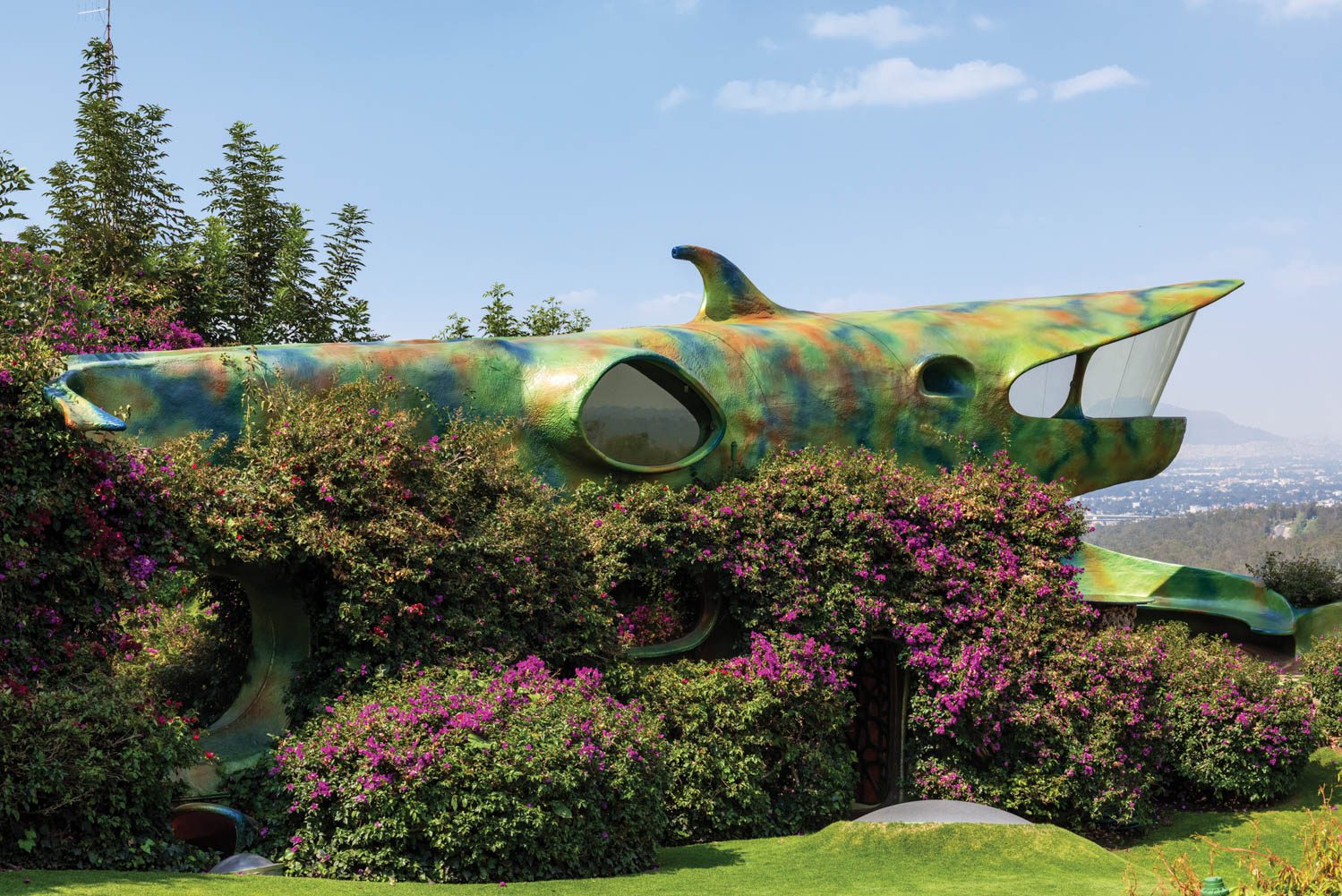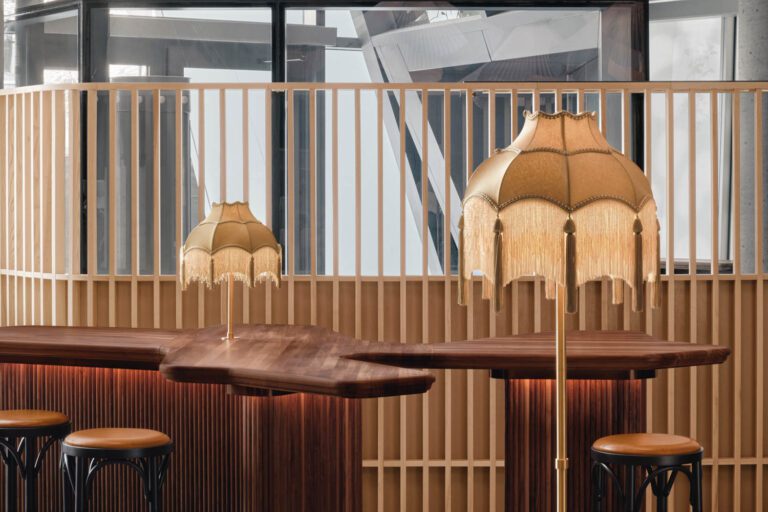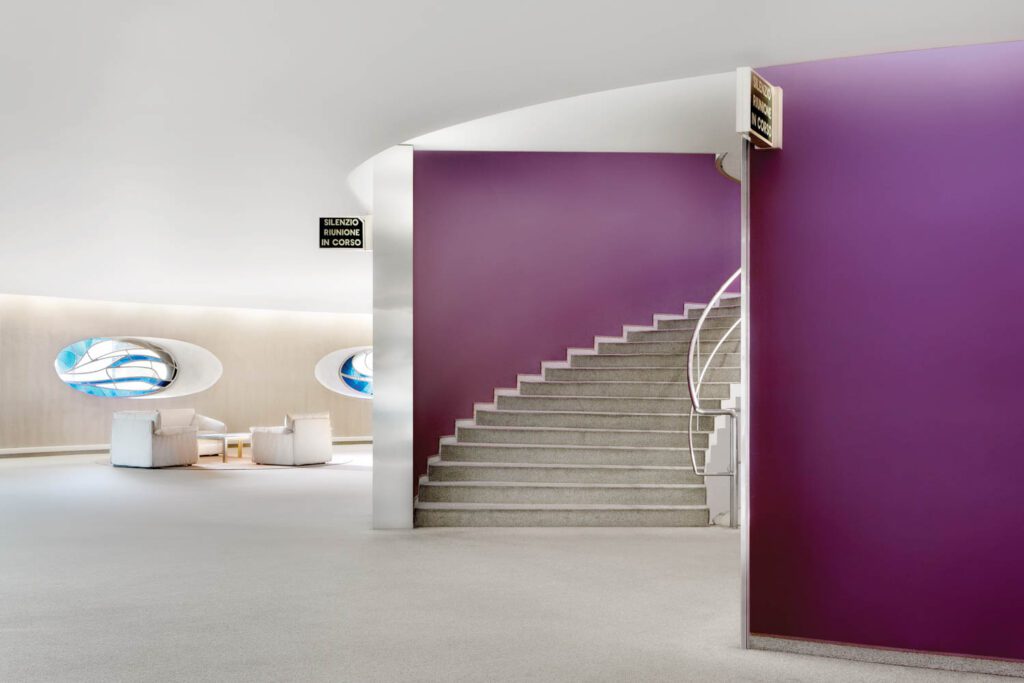
A Look Back at 90 Years of Timeless Design
Modern projects from as early as the 1930’s are still relevant today, proving that form, function, and the pursuit of innovation can endure for nearly a century—just like Interior Design.
City of Tresigallo, Italy, 1939
Masterminded by Tresigallo native Edmondo Rossoni, then minister of agriculture and forestry, the city’s “refounding” began around 1930, when Rossoni ordered a road connecting it to Ferrara be built, to improve trade, and enlisted young professionals—engineer Carlo Frighi, sculptor Enzo Nenci, and landscape architect Pietro Porcinai, among others—to design a rationalist urban plan, with pastel-colored buildings and clean, essential lines, resulting in a tenfold increase in population then and a must-see destination for architects of today.
La Fondation Maeght, Saint-Paul de Vence, France, 1964, Sert, Jackson and Associate
Led by architect Josep Lluís Sert, a former Harvard GSD dean (1953– 1969) and friend of fellow Spaniard Joan Miró, the institution founded by art-dealer couple Aimé and Marguerite Maeght is France’s first devoted to art, the in situ modern works by the likes of Miró, Alexander Calder, Marc Chagall, and Diego Giacometti, as well as the temporary exhibitions it currently hosts, in harmony with the natural surroundings and the building’s architecture, done in a welcoming Mediterranean village style of white poured-concrete impluviums, earthy brick, and myriad patios.
Spiegel Gruppe, Hamburg, Germany, 1969, by Verner Panton
The publishing company perhaps most known for its news outlet Der Spiegel enlisted the Danish architect, who cut his teeth at Arne Jacobsen’s studio, for its then new headquarters, his purview encompassing the lobby, lounges, and conference rooms, palette and furniture selection, including the Harry Bertoia chairs in the canteen (which graced the cover of our 75th anniversary issue), and the design of all textiles and lighting; today, the Spiegel sconce has been reissued by Verpan and the canteen is under heritage protection.
Cartiera Burgo, Turin, Italy, 1981, by Oscar Niemeyer
The headquarters of the paper-manufacturing company now called Burgo Group was designed by the venerable Brazilian architect during his exile years, about a decade after he’d completed the company’s editorial offices in Milan, and one of only two buildings he built in Turin, appointing this one with furniture by Eero Saarinen and him and his daughter Anna Maria; the building stands today unoccupied but there have been recent proposals for its adaptive reuse.
Casa Orgánica, Mexico City, 1985, by Arquitectura Orgánica
Founder Javier Senosian, now 73, is an early practitioner of organic architecture, this house reflective of the movement, its ferro-cement, or reinforced cast concrete, formwork sprayed with polyurethane and then partially covered with soil for grass to grow directly on the facade, and interior conceived to evoke a mother’s embrace or the sensation of entering the earth, the latter emphasized by an all-over sand-colored palette; first designed with a single bedroom, when the house was expanded, workers dubbed it “the shark” for its appearance and a fin was added.
read more
Projects
Benedetta Tagliabue-EMBT Designs a Contemporary Church in Northern Italy
A growing congregation in northern Italy is blessed by San Giacomo Apostolo Church, a new complex by Benedetta Tagliabue-EMBT that’s both contemporary and contextual.
Projects
Inside Walter Gropius’s 20th-century House in Jena, Germany
Although Walter Gropius continued his professional architectural practice after founding the Bauhaus, there were only six private residences among the projects he completed before leaving the country permanently in the m…
Projects
Stonehill Taylor Renovates the Historic Algonquin Hotel in New York
Stonehill Taylor’s sensitive renovation of the Algonquin Hotel maintains the spirit of the legendary New York property.
recent stories
Projects
Montréal’s Café Constance by Atelier Zébulon Perron Mixes Elements for Lovers of Ballet
Vintage elements and custom creations make this Montreal cafe by Atelier Zébulon Perron whimsical and stately.
Projects
Lichelle Silvestry Transforms a Haussmann Apartment into a Parisian Oasis
For a young couple in Paris, Lichelle Silvestry Interiors renovates a Hausmann apartment using a light color palette and earthy tones.
Projects
4 Sensorial Retail Locales Around the Globe
These four futuristic stores from around the globe show that modern clothing retailers are not looking back.

